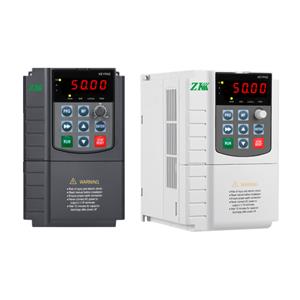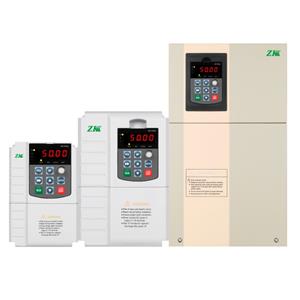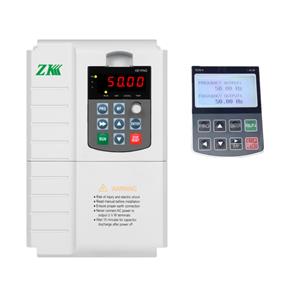Temperature protection system for solar water pump inverter
The implementation of a thermal management system is imperative for the solar water pump inverter to ensure its reliability and operational performance. The adoption of solar-powered water pumps is prevalent in remote and inaccessible locales for agricultural irrigation and potable water supply, attributable to their environmental sustainability and cost efficiency. These systems exploit solar energy as a renewable power source. Nonetheless, the diverse and oftentimes extreme environmental conditions presenting themselves necessitate the integration of resilient protective mechanisms to fortify longevity and maintain operational performance.
The solar water pump inverter represents the cornerstone of the solar water pumping infrastructure. Its role to transmute the fluctuating direct current (DC) output from photovoltaic panels into a utilizable alternating current (AC) to energize electric water pumps is critical. The operational performance of the solar water pump inverter directly influences the optimal conversion of solar energy.
A paramount component in the management of the solar water pump inverter's operationality is thermal management. Analogous to all electronic equipment, the solar water pump inverter generates thermal energy during its functioning. Accumulation of excessive thermal energy can precipitate component degradation, diminished operational performance, and in exacerbated scenarios, culminate in a total cessation of system operations. Hence, it is essential to incorporate a thermal management system that persistently observes and modulates the solar water pump inverter's internal temperature to thwart potential overheating.
The thermal management system encompasses an array of sensors, cooling mechanisms, and control algorithms. Thermal sensors are deployed within the solar water pump inverter to incessantly scan the heat generated by the electric components. In events where the internal temperature escalates beyond set parameters, the system actuates cooling mechanisms, embracing passive techniques, such as heat sinks, or active mechanisms, like ventilation fans.
Heat sinks serve as an efficacious passive cooling mechanism, typically fabricated from thermally conductive materials like aluminum, offering enhanced surface area to facilitate heat dispersion via convective and radiative means. Conversely, ventilating fans deliver active cooling through enforced air circulation around the solar water pump inverter's core components, thus expediting the removal of surplus heat.
The control algorithm constitutes a critical facet of the protection system, processing thermal data and executing responses founded on pre-programmed criteria. For instance, temperature elevation beyond a specific threshold may prompt the algorithm to initiate cooling interventions, curtail the solar water pump inverter's operating capacity, or in some instances, momentarily halt system operations to avert irreversible damage. Upon stabilization of temperature within acceptable bounds, the system can progressively reinstate standard functioning.
Moreover, the thermal management system also embraces adequate thermal insulation and venting to reinforce its efficacy. Proper insulation prevents the undue absorption of environmental heat by the solar water pump inverter, particularly pertinent in torrid climates where solar installations are frequently situated. Venting facilitates the natural thermal dissipation, potentially obviating the requirement for active cooling interventions.
The caliber of the thermal management system's components, in conjunction with the dependability of its control algorithm, are pivotal in determining its overall effectiveness. Superior-quality sensors provide precise thermal readings, while sophisticated algorithms present calculated decisions that harmonize protective actions with performance optimization.
Furthermore, thermal management systems play a significant role in the overarching sustainability of solar water pumping systems. By mitigating overheating and potential damages, they prolong the solar water pump inverter's lifespan, minimize maintenance expenses, and assure that the operation remains within its optimal efficiency spectrum. This reciprocally maximizes the return on investment and bolsters the environmental sustainability of the solar water pumping system.
In summary, it is evident that the thermal management system for a solar water pump inverter is an indispensable constituent, pivotal in preserving both the integrity and efficiency of the system. It is the epitome of an integrated assembly of sensors, cooling mechanisms, and strategic control—an essential synergy that empowers solar water pumping systems to thrive, even within the most demanding of environmental constraints. As solar technology progresses, so too will the intricacies of these protective systems evolve, solidifying the position of solar-powered water pumps as a durable and ecologically responsible choice for global water requirements.




